Kingdom Plantae Genus Heliotropium Rank Species | Family Boraginaceae Higher classification Heliotropium | |
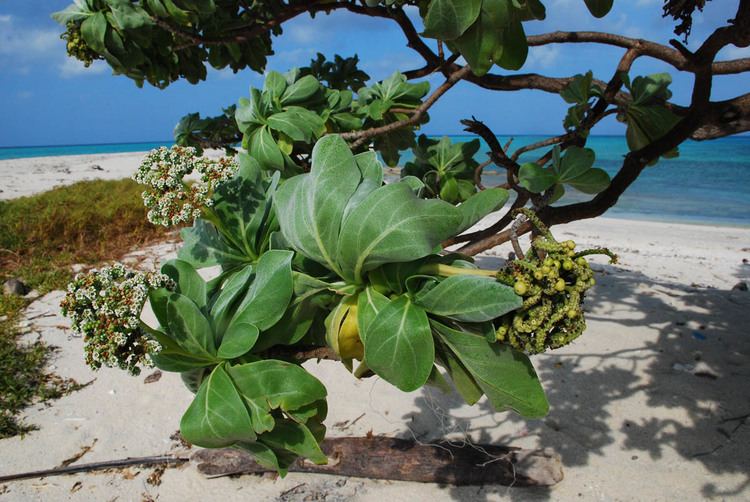 | ||
Scientific name Heliotropium foertherianum Similar Tournefortia, Barringtonia asiatica, Scaevola taccada, Heliotropium, Boraginaceae | ||
Heliotropium foertherianum is a species of flowering plant in the borage family, Boraginaceae. It is native to tropical Asia including southern China, Madagascar, northern Australia, and most of the atolls and high islands of Micronesia and Polynesia. Common names include velvetleaf soldierbush, tree heliotrope and octopus bush. It is a shrub or small tree typical of littoral zones reaching a height of 6 m (20 ft), with a similar spread.
Contents
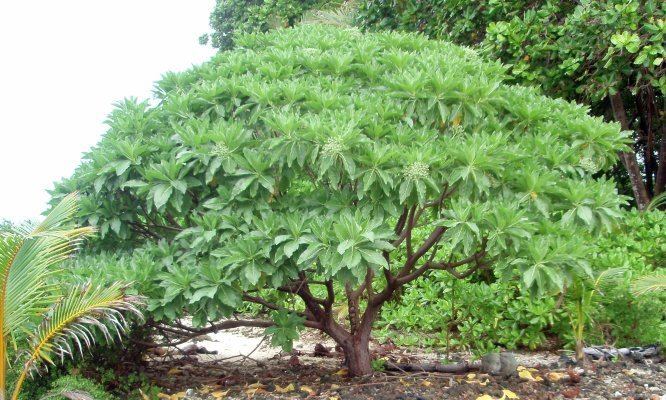
Taxonomy
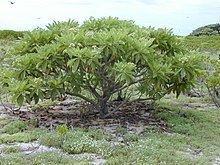
Originally published as Tournefortia argentea, it was transferred to Argusia argentea, and remained under that name until recently. It was subsequently restored to Tournefortia before being transferred into Heliotropium under a new name in 2003.
Uses
Historically in the Maldives the leaves were often used as famine food.
Wood
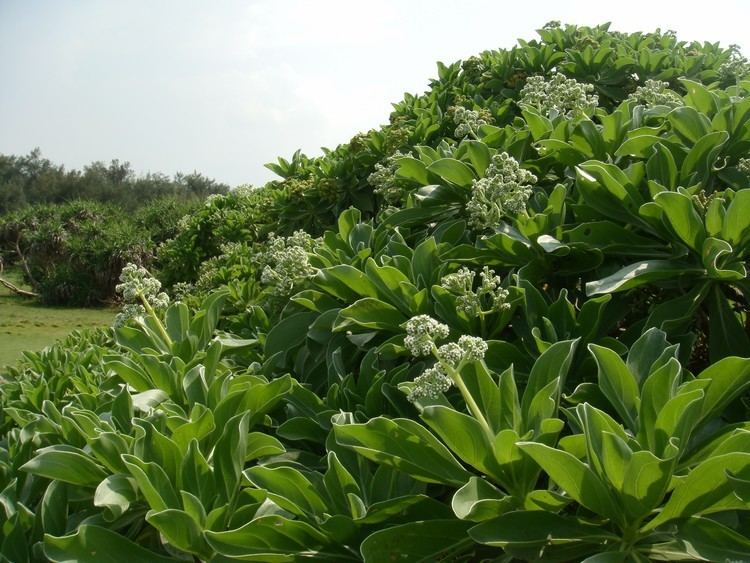
The wood of H. foertherianum is commonly used to make handicrafts, tools, and, in Polynesia, frames for swim goggles. Due to its availability, H. foertherianum is used as firewood, and has become rare in some areas as a result.
Medicinal
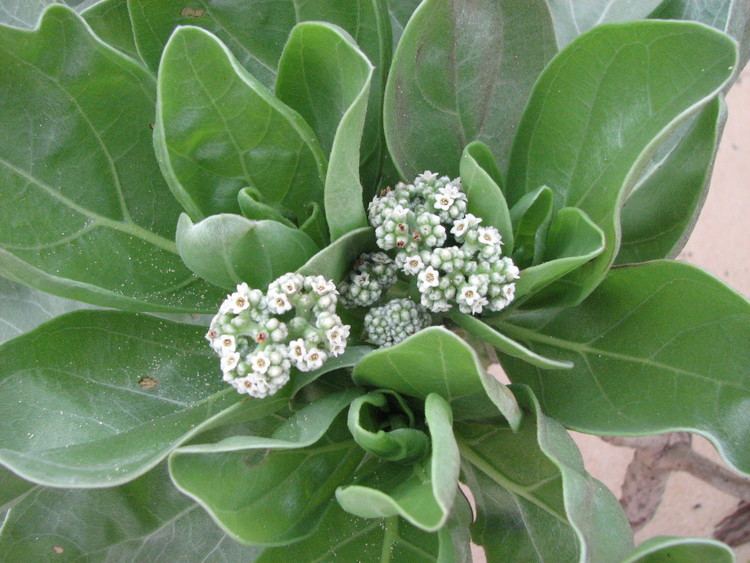
Octopus bush is used in many Pacific islands as a traditional medicine to treat ciguatera fish poisoning, which is caused by powerful ciguatoxins produced by microscopic Gambierdiscus algae. Scientists from the Institute of Research for Development (IRD) and the Louis Malarde Institute in French Polynesia and Pasteur Institute in New Caledonia are researching the plant chemistry and believe that senescent leaves contain rosmarinic acid and derivatives, which are known for its antiviral, antibacterial, antioxidant and anti-inflammatory properties. The researchers think rosmarinic acid may remove the ciguatoxins from their sites of action, as well as being an anti-inflammatory.

